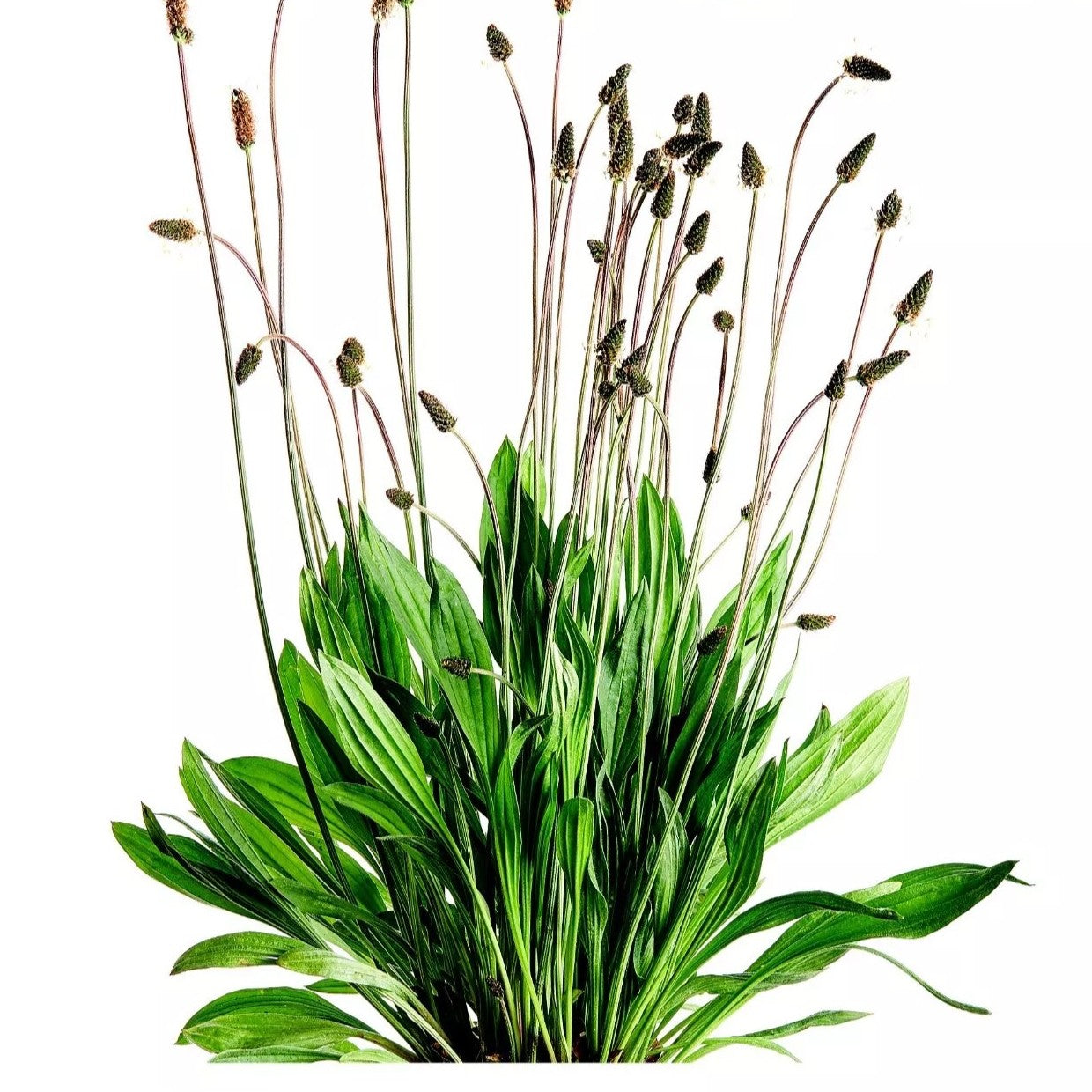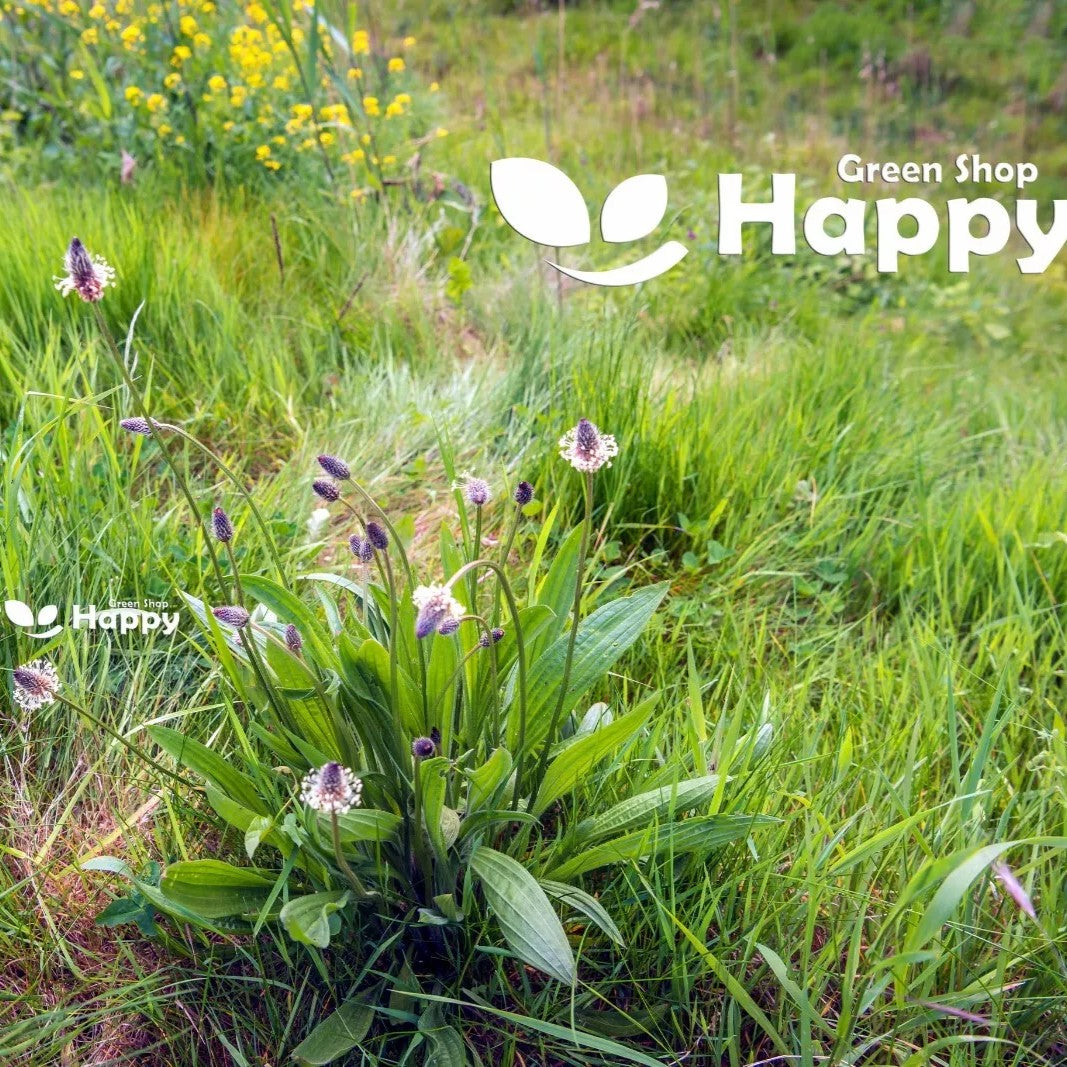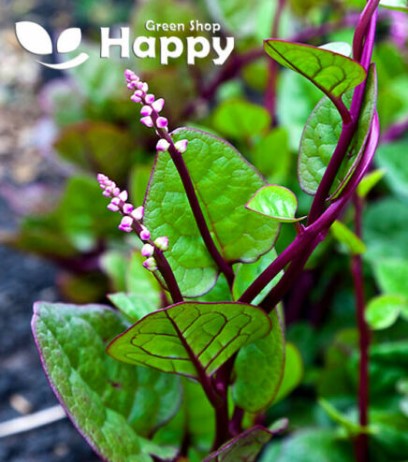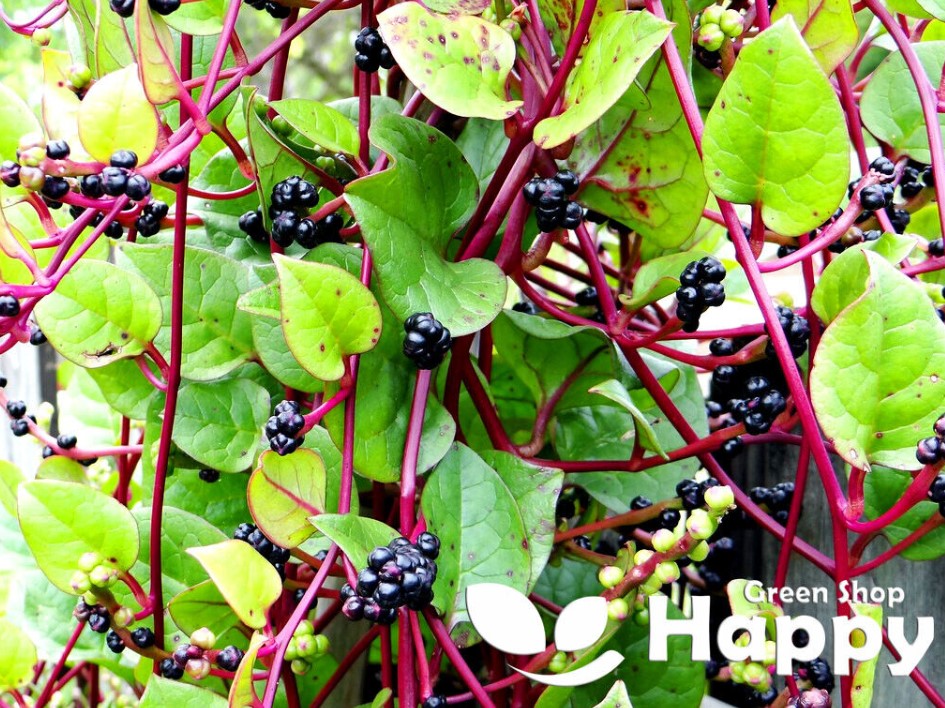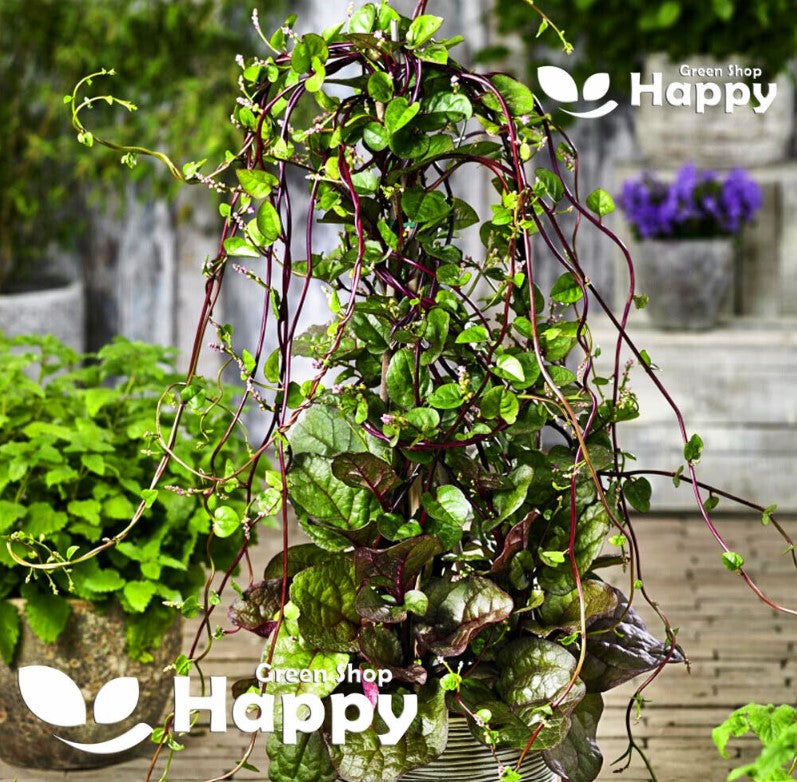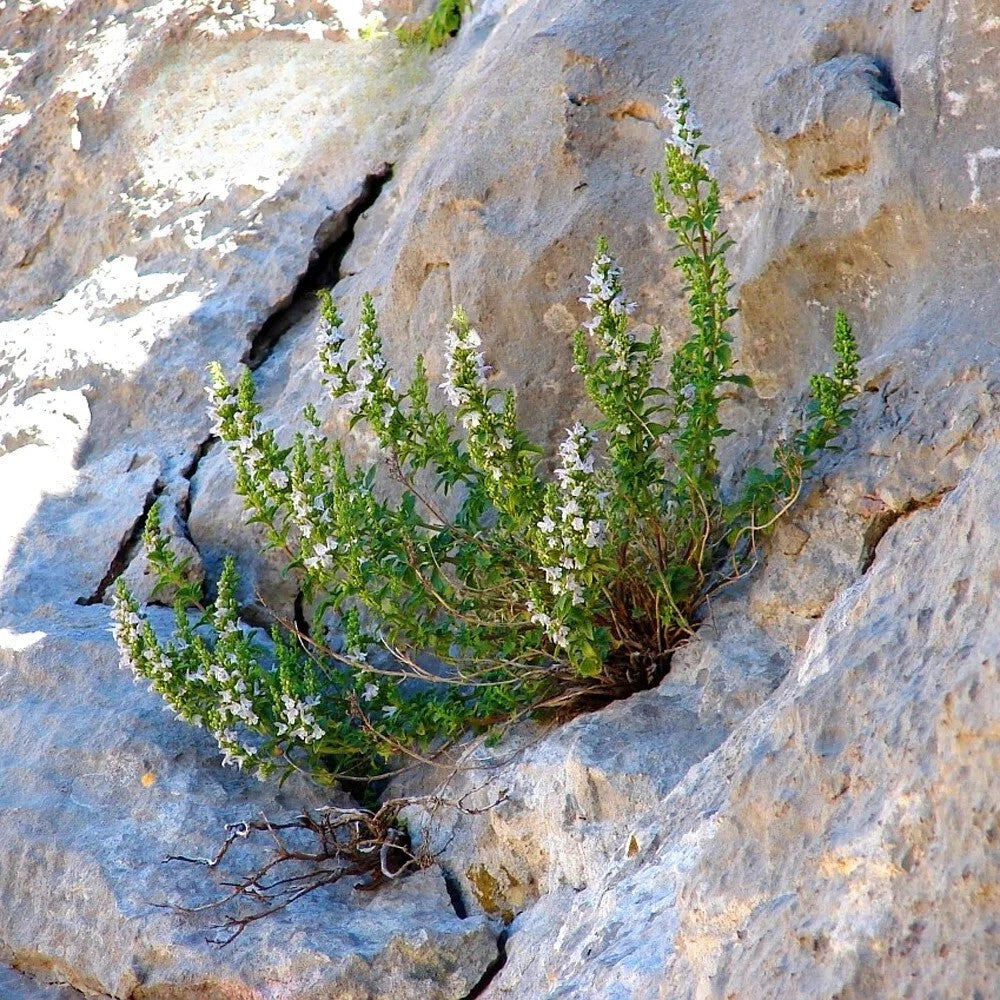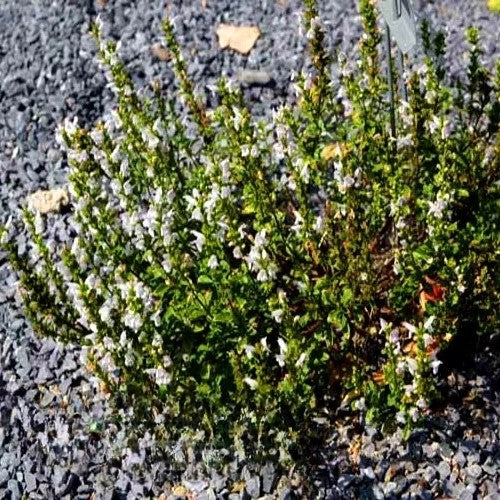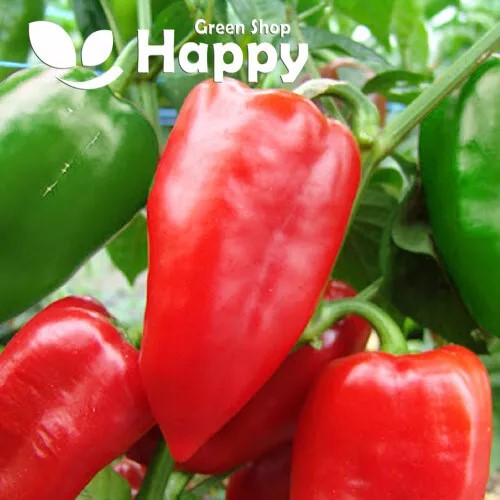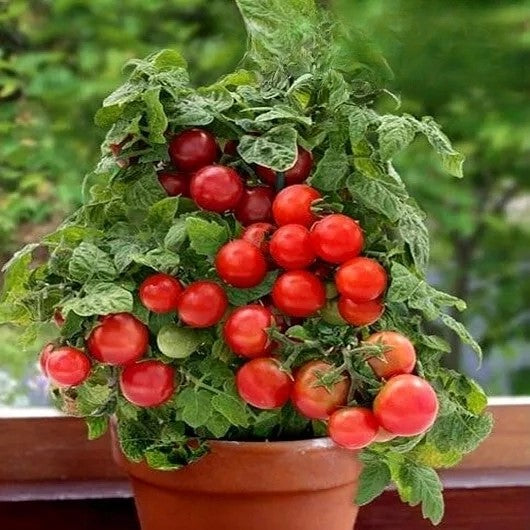Sort by:
693 products
693 products
Dwarf Phlox ‘Fantasy’ Mix – Seeds
(Phlox drummondii) – Compact, Colorful Annual
Dwarf Phlox ‘Fantasy’ Mix is a charming blend of compact, bushy plants covered with masses of bright, star-shaped flowers. Blooming in shades of pink, red, violet, and white, this mix provides a stunning carpet of color all summer long. Ideal for borders, containers, and rock gardens, it’s an easy-to-grow annual that attracts butterflies and pollinators.
Key Features
-
Type: Annual
-
Height: 15–25 cm
-
Flowering: June–September
-
Color: Mixed – pink, red, violet, white
-
Special: Compact growth; long-lasting blooms
Ideal For
-
Borders and edging
-
Rock gardens
-
Containers and window boxes
-
Pollinator-friendly gardens
Sowing & Growing
-
Sow indoors: March–April
-
Transplant outdoors: May, after frost
-
Spacing: 15–20 cm
-
Soil: Light, well-drained
-
Sunlight: Full sun
Care Tips
-
Deadhead regularly to encourage continuous flowering.
-
Water moderately – avoid waterlogging.
-
Excellent for low bedding and mixed displays.
Peony Aster ‘Blue Duchesse’ – Seeds
(Callistephus chinensis) – Large-Flowered Annual Aster
Peony Aster ‘Blue Duchesse’ is a stunning variety producing large, double blooms in rich royal blue shades resembling peonies. The sturdy stems and full flowers make it an excellent choice for cutting, while its compact habit and long flowering season bring vibrant color to garden beds and borders from mid-summer through autumn.
Key Features
-
Type: Annual
-
Height: 50–70 cm
-
Flowering: July–October
-
Color: Deep blue
-
Special: Peony-type double blooms; long-lasting flowers
Ideal For
-
Cut flower gardens
-
Borders and mixed flower beds
-
Cottage gardens
-
Container displays
Sowing & Growing
-
Sow indoors: March–April
-
Transplant outdoors: After frost
-
Spacing: 25–30 cm
-
Soil: Fertile, well-drained soil
-
Sunlight: Full sun or partial shade
Care Tips
-
Remove faded blooms to prolong flowering.
-
Avoid overhead watering to prevent mildew.
-
Excellent for bouquets and floral arrangements.
African Marigold ‘Sugar and Spice Mix’ – Seeds
(Tagetes erecta) – Tall Double-Flowered Marigold
African Marigold ‘Sugar and Spice Mix’ produces large, double blooms in warm shades of yellow, gold, and orange. These tall, sturdy plants are ideal for adding vibrant color to summer beds, borders, and large containers. Heat-tolerant and long-blooming, they thrive in sunny spots and attract pollinators to the garden.
Key Features
-
Type: Annual
-
Height: 50–80 cm
-
Flowering: June–October
-
Color: Mix of yellow, orange, and gold
-
Special: Large double flowers, strong stems, long-lasting display
Ideal For
-
Garden borders and flower beds
-
Large pots and planters
-
Summer bedding schemes
-
Cut flower arrangements
Sowing & Growing
-
Sow indoors: March–April
-
Transplant outdoors: After frost
-
Spacing: 25–30 cm
-
Soil: Fertile, well-drained soil
-
Sunlight: Full sun
Care Tips
-
Deadhead regularly to encourage more blooms.
-
Avoid overwatering and water at the base of plants.
-
Excellent in hot, sunny conditions.
French Marigold ‘Petite Orange’ – Seeds
(Tagetes patula nana) – Compact Orange Marigold
French Marigold ‘Petite Orange’ is a dwarf, early-flowering marigold variety producing masses of bright orange blooms on compact, bushy plants. It’s perfect for borders, edging, rockeries, and containers, offering continuous color throughout summer until the first frost.
Key Features
-
Type: Annual
-
Height: 20–25 cm
-
Flowering: June–October
-
Color: Bright orange
-
Special: Compact habit, long flowering, easy to grow
Ideal For
-
Bedding and border planting
-
Pots, containers, and window boxes
-
Edging and rock gardens
-
Companion planting with vegetables (repels pests)
Sowing & Growing
-
Sow indoors: March–April
-
Transplant outdoors: After frost
-
Spacing: 20–25 cm
-
Soil: Well-drained, moderately fertile soil
-
Sunlight: Full sun
Care Tips
-
Remove spent flowers to encourage continuous blooms.
-
Water regularly but avoid waterlogging.
-
Tolerates heat and dry conditions well.
English Plantain – Seeds (Plantago lanceolata)
English Plantain is a hardy perennial herb valued for its medicinal properties and ecological benefits. Known for its narrow, lance-shaped leaves, it is often used in herbal remedies, teas, and natural skincare preparations. English Plantain is also a beneficial plant for pollinators and soil health, making it perfect for ecological or medicinal gardens.
This low-maintenance plant thrives in a variety of soils and conditions, returning year after year with minimal care.
How to Grow
-
Sow outdoors: March – May
-
Plant spacing: 20–25 cm between plants
-
Position: Full sun to partial shade
-
Soil: Well-drained, moderately fertile soil
-
Care: Minimal maintenance; water during dry periods; remove weeds to prevent competition
Key Features
-
Hardy perennial with lance-shaped leaves
-
Medicinal uses for teas, herbal remedies, and skincare
-
Low-maintenance and drought-tolerant
-
Supports pollinators and improves soil health
-
Suitable for ecological, medicinal, or wildflower gardens
Harvest
-
Harvesting period: 60–90 days after sowing
-
Leaves can be harvested as needed; best used when young and tender.
Short Tip
Sow in well-drained soil and allow natural self-seeding to create a sustainable, low-maintenance plant patch.
Malabar Spinach – Seeds (Basella alba)
Malabar Spinach is a fast-growing, tropical vine known for its thick, succulent leaves and high nutritional value. Ideal for salads, stir-fries, soups, and garnishes, this heat-tolerant leafy green thrives where traditional spinach struggles.
Its vigorous climbing habit makes it perfect for trellises, fences, or vertical garden spaces. Malabar Spinach is not only delicious but also adds lush greenery and ornamental appeal to any garden.
How to Grow
-
Sow indoors: February – April
-
Sow outdoors: After last frost, spacing 30–40 cm apart
-
Position: Full sun to partial shade
-
Soil: Fertile, well-drained soil enriched with compost
-
Care: Water regularly; provide support for climbing; pinch tips to encourage bushier growth
Key Features
-
Fast-growing, heat-tolerant leafy green
-
Thick, succulent leaves perfect for salads, stir-fries, and soups
-
Vigorous climbing vine suitable for trellises or fences
-
Adds ornamental greenery to gardens
-
Easy to grow and high-yielding
Harvest
-
Harvesting period: 50–70 days after sowing
-
Pick young leaves regularly for the best flavor and tender texture.
Short Tip
Provide a trellis or support for climbing; regular harvesting promotes continuous growth and keeps leaves tender.
Balkan Mint – 200 Seeds (Micromeria thymifolia)
Balkan Mint is a hardy, aromatic perennial herb with small, fragrant leaves and delicate flowers. Known for its refreshing minty aroma, it is perfect for teas, culinary use, garnishes, and herbal remedies. Its compact growth habit makes it an excellent addition to herb gardens, rockeries, or containers.
Thrives in well-drained soils and sunny locations, Balkan Mint is drought-tolerant and easy to maintain, making it ideal for both beginners and experienced gardeners.
How to Grow
-
Sow indoors: February – April
-
Sow outdoors: After last frost
-
Plant spacing: 20–25 cm apart
-
Position: Full sun to partial shade
-
Soil: Well-drained, moderately fertile soil
-
Care: Water moderately; trim leaves regularly to encourage bushy growth
Key Features
-
Hardy perennial with small, fragrant leaves
-
Refreshing minty aroma for teas, cooking, and garnishes
-
Drought-tolerant and low-maintenance
-
Compact growth ideal for gardens, rockeries, or containers
-
Produces delicate flowers adding ornamental value
Harvest
-
Harvesting period: 60–90 days after sowing
-
Pick leaves as needed; regular harvesting promotes continuous growth.
Short Tip
Grow in full sun and well-drained soil for the best aroma and compact growth.
Sweet Pepper 'Sandra' – Seeds (Capsicum annuum)
The Sweet Pepper 'Sandra' is a productive and flavorful variety producing medium to large, glossy fruits with a crisp, sweet taste. Perfect for fresh eating, roasting, stuffing, or adding vibrant color to salads, this pepper is a versatile choice for home gardeners and small-scale growers alike.
With strong, compact plants, 'Sandra' offers reliable yields and attractive fruits throughout the growing season. Its easy-to-grow nature makes it suitable for garden beds, raised beds, or containers.
How to Grow
-
Sow indoors: February – March
-
Transplant outdoors: After last frost, spacing 40–50 cm apart
-
Position: Full sun
-
Soil: Fertile, well-drained soil enriched with compost
-
Care: Keep soil evenly moist; provide stakes for heavier fruits if needed
Key Features
-
Medium to large, glossy sweet peppers with crisp, mild flesh
-
High-yielding, compact plants
-
Versatile for fresh eating, roasting, stuffing, and salads
-
Reliable production throughout the season
-
Suitable for containers, raised beds, and garden cultivation
Harvest
-
Harvesting period: 70–85 days after sowing
-
Pick when fully colored for maximum sweetness and flavor.
Short Tip
Harvest regularly as peppers ripen to encourage continuous production and prevent overripe fruits from slowing growth.
Bush Tomato 'Vilma' – Seeds (Solanum lycopersicum)
The Bush Tomato 'Vilma' is a compact, high-yielding variety producing small, round, flavorful tomatoes with a rich, sweet taste. Its bushy growth habit makes it ideal for container growing, small gardens, or raised beds, offering fresh, homegrown tomatoes even in limited spaces.
'Vilma' is easy to grow and requires minimal support, making it perfect for beginner gardeners or urban growers. The plants provide abundant fruit throughout the season, perfect for salads, snacking, roasting, or sauces.
How to Grow
-
Sow indoors: February – April
-
Transplant outdoors: After last frost, spacing 35–40 cm apart
-
Position: Full sun
-
Soil: Fertile, well-drained soil enriched with compost
-
Care: Keep soil evenly moist; prune lightly to encourage airflow and fruit production
Key Features
-
Compact, bushy plants ideal for containers and small gardens
-
Small, round, sweet tomatoes with excellent flavor
-
High-yielding and easy to grow
-
Perfect for salads, snacking, roasting, and sauces
-
Minimal support required
Harvest
-
Harvesting period: 60–75 days after sowing
-
Pick when fully colored and firm for best flavor and sweetness.
Short Tip
Regular harvesting of ripe fruits encourages continuous production and prevents overripe tomatoes from slowing growth.
Showing 36/693




